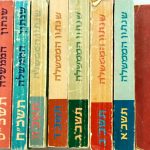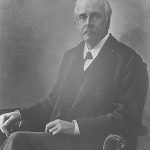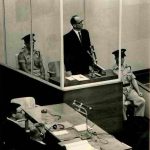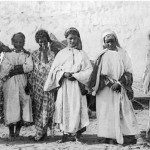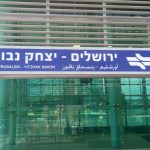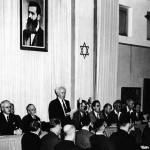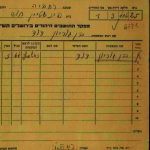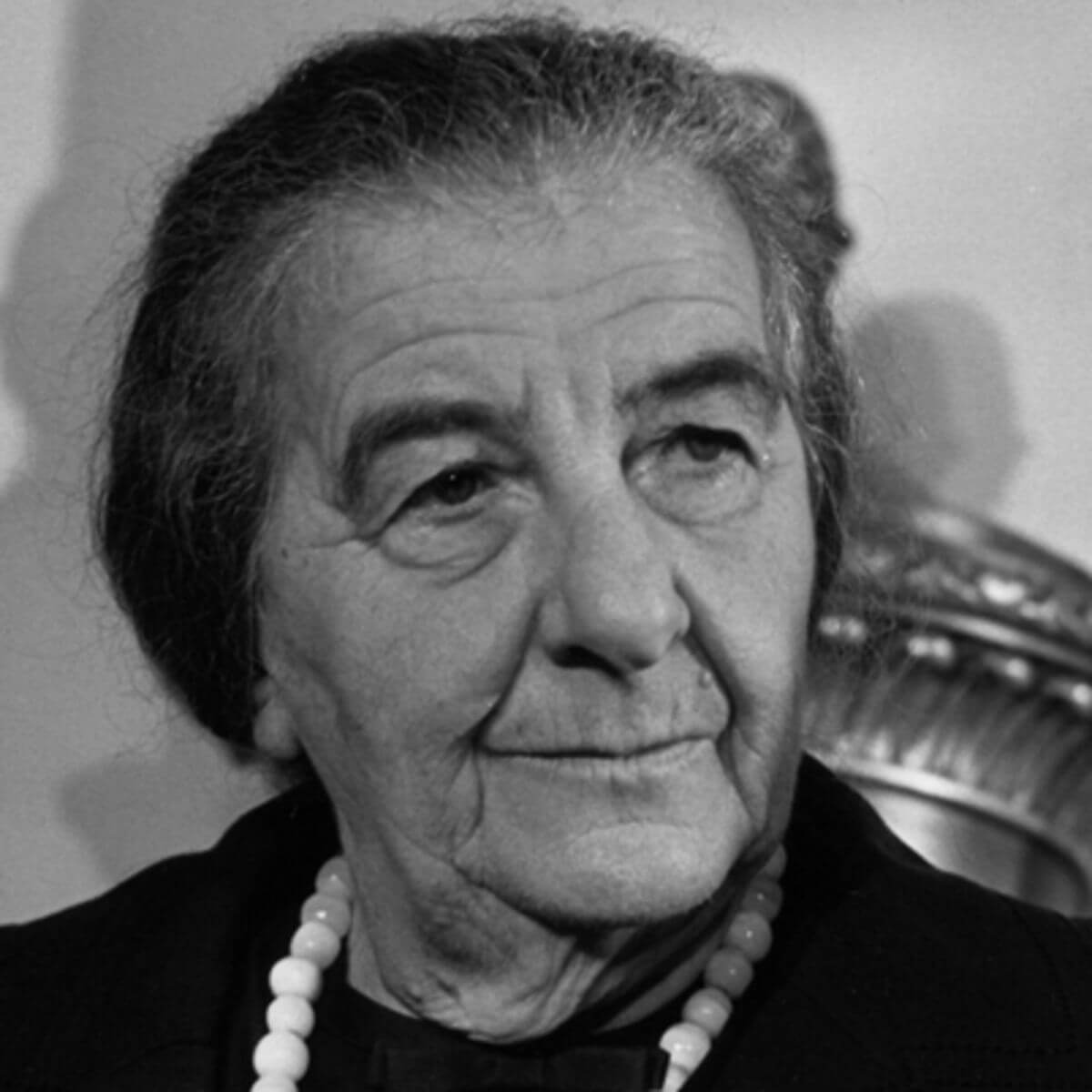The initial news about the attack in Munich reached the Israeli Foreign Ministry from the embassy in Bonn at 8:45 a.m. on 5 September 1972, and was forwarded to Prime Minister Golda Meir, Minister of Education and Culture Yigal Allon (whose office was responsible for the Olympic team), and Minister of Defence Moshe Dayan (Document 1). At 9:30 a special meeting of the government was convened, sitting as the Ministerial Committee for Security Matters. At the meeting Eban reported the first instructions transmitted, with the consent of Golda Meir, to the Israeli ambassador in Bonn: the government of Israel does not negotiate with terrorists and expects the government of the Federal Republic of Germany (West Germany) to make every effort to rescue the hostages. For that purpose any tactics should be employed that will buy the time necessary to ensure the safety of the hostages. The Foreign Ministry repeated the instructions in a telegram to the Israeli embassy in Bonn (Document 2).
The general feeling at the meeting was that the Germans should begin negotiations with the kidnappers in order to buy time until they were ready to storm in and release the hostages, as Israeli commandos had done during the Sabena hijacking of May 1972. Later it was decided to send an Israeli representative who would brief the Germans and, in fact, serve as a ‘supervisor’ of the rescue operation. At the beginning, it was decided that Defence Minister Dayan and Mossad chief Zamir would go, but concern arose that Dayan’s arrival would attract attention and publicity, and cause the terrorists to murder the athletes. It was decided to send only Zamir.
In the afternoon the prime minister released a special statement in the Knesset, and afterwards participated, together with Allon and Eban, in a meeting of the Knesset Foreign Affairs and Defence Committee. The ministers reported the information known to the government up to that point regarding the developments, the German government’s contacts with the kidnappers, and the response to Israel’s demand to stop the Olympic Games until the safety of the athletes had been secured. The participants demanded to stop the Games, and hinted at faulty security measures for the athletes by the Israeli authorities. In her comments, Golda said that there were countless warnings about attacks on Israelis abroad and, despite all the efforts to deal with them, “it is impossible to be prepared at every moment” (Document 3).
In the following hours a nerve-wracking drama was played out. At 21:00 p.m. Mossad chief Zamir and an Arabic-speaking GSS operative arrived at the Olympic Village. At the site they were informed of the German operational plan that included announcing to the terrorists that they would be transferred, together with the hostages, in helicopters to a military airfield near Munich, where a plane would be put at their disposal to take them to Cairo. This was intended to trick them and make it possible for a Bavarian police unit, which was waiting at the airfield, to kill the terrorists and rescue the hostages. The plan that was presented to Zamir seemed reasonable, and matched the Israeli estimate of the situation. However, the operation was carried out ineptly and ended in failure and the death of all nine of the hostages and five of the kidnappers. Meanwhile, Ambassador Ben-Horin forwarded reports by telephone from the Olympic Village to the Foreign Ministry, and the records appearing here present the full drama: the contacts of the authorities with the kidnappers, repeated postponements of the deadlines, and the information about the intentions of the Bavarian authorities, who were in charge of the operation, to use force. After the start of the operation, the reports describe the incomplete information from the airfield about exchanges of fire, contradictory numbers of wounded, a helicopter that went up in flames, and especially about great confusion and unclear reports. At 02:55 a.m. Ben-Horin reported that he had received a report that all the hostages had been killed, and at 3:10 Zamir confirmed it. (Document 4).

